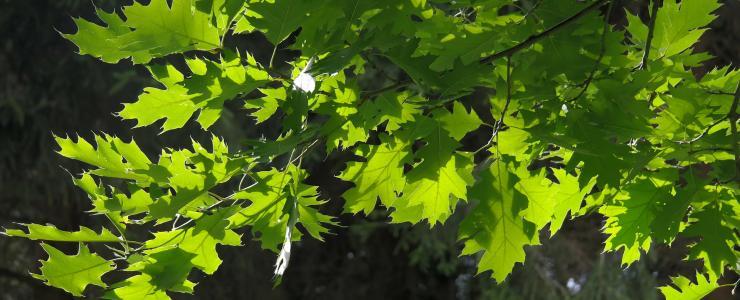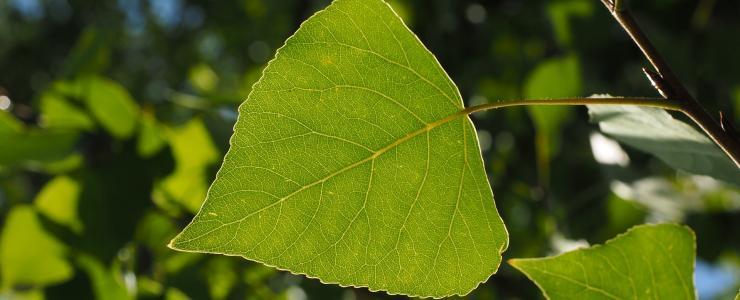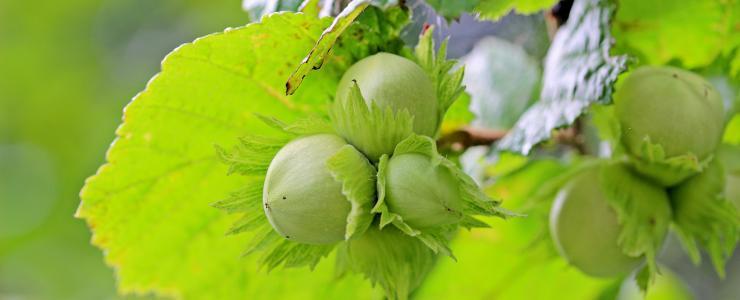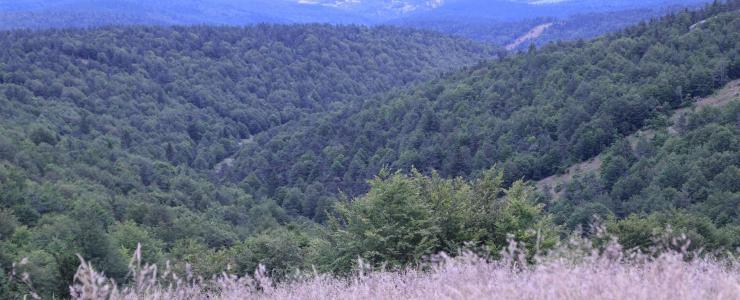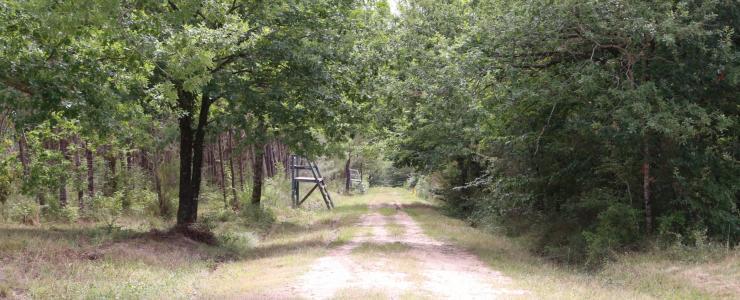Aspen
Recognizing aspen (European or quaking aspen)
Aspen is recognized by:
- Its trunks reaching 15-25 meters tall.
- Its greenish-gray bark.
- Its rounded, serrated leaves that are glaucous underneath
- Its hairy catkins that hang down.
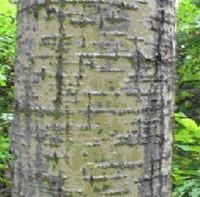
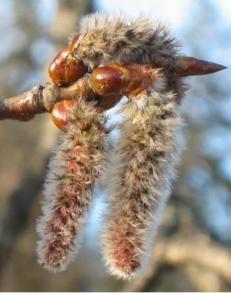
Sites favored by Aspen
Temperatures
Annual average of 10.4°C. Resists up to -15°C. Heliophilous species
Rainfall
Annual average of 900Â mm
Soils
The aspen likes deep, damp clayey/flinty soils. Quite a flexible species, like Poplar.
Root development of the aspen
- Powerful running roots
Aspen plantation
| Density | Spacing | Benefits and drawbacks |
| 150-200 stems/ha |
7 × 7 or 8 × 8 m |
Relatively rapid growth and exploitation. Planted in the form of unrooted cuttings. Does not like competition. Maintenance to be planned from an early age. |
N.B. Benefits of an aspen forest: The initial plantation is the same as the final density, which means that no silvicultural work is required before the final felling.
See our guide to Poplar
Final density: 150-200 stems/hectare
Growth and production of Aspen
- Rapid growth when young.
- Production of 15Â m3/ha/year (depending on site).
Aspen wood
- White heart and indistinct sapwood.
- Easy sawing, quick drying.
- Excellent wood for veneer and sawing.
- Also used for pulpwood.
- Trade name: Aspen




